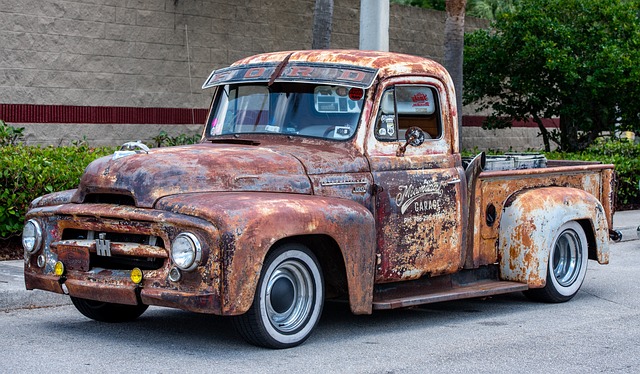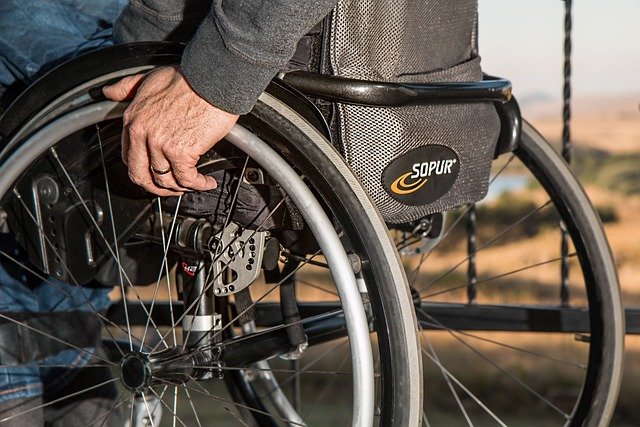How to Find and Buy an Older Bronco: Practical Guide to Classic Broncos for Sale
The Ford Bronco has captured the hearts of automotive enthusiasts for decades, with classic models from the 1960s through 1990s becoming increasingly sought after. Whether you're drawn to the rugged simplicity of a first-generation Bronco or the refined capability of later models, finding and purchasing the right classic Bronco requires careful research, thorough inspection, and strategic planning. This comprehensive guide walks you through every step of the process, from identifying the most desirable models to navigating the complexities of restoration and ownership costs.

Identify Classic Bronco Models and Production Years
The Ford Bronco’s production history spans several distinct generations, each with unique characteristics and collectibility factors. The first generation (1966-1977) represents the most iconic and valuable models, featuring a compact 92-inch wheelbase and removable hardtop or soft top configurations. These early Broncos came with various engine options, including the 170-cubic-inch inline-six, 289 V8, and later the 302 V8.
Second-generation Broncos (1978-1979) marked a brief transition period with a longer wheelbase and more refined styling. The third through fifth generations (1980-1996) grew progressively larger and more truck-like, though certain years like the 1992-1996 models with the 5.0L V8 have gained popularity among collectors. When identifying desirable models, consider factors such as engine type, transmission options, trim levels, and special editions like the Ranger or Sport packages.
Where to Search: Online Listings, Auctions, Clubs and Local Sellers
Successful Bronco hunting requires casting a wide net across multiple platforms and communities. Online marketplaces like Bring a Trailer, Cars.com, AutoTrader, and Facebook Marketplace offer extensive inventories with detailed photos and seller communication options. Classic car auction houses such as Barrett-Jackson, Mecum, and RM Sotheby’s frequently feature well-documented examples, though prices typically reflect premium condition and provenance.
Bronco-specific communities provide invaluable resources for finding vehicles and connecting with knowledgeable sellers. The Early Bronco Registry, ClassicBroncos.com, and various Facebook groups maintain active classified sections where enthusiasts buy and sell among themselves. Local car shows, swap meets, and word-of-mouth referrals often yield the best barn finds and project vehicles at reasonable prices.
How to Inspect Condition: Common Rust, Frame and Mechanical Issues
Thorough inspection is crucial when evaluating any classic Bronco, as these vehicles are prone to specific problem areas that can significantly impact value and restoration costs. Rust represents the primary concern, particularly around the rear wheel wells, door frames, floor pans, and tailgate areas. Carefully examine the frame for structural integrity, paying special attention to mounting points for the body, suspension components, and steering box.
Mechanical systems require systematic evaluation, starting with the engine’s compression, oil pressure, and overall operation. Test the transmission through all gears, checking for smooth shifts and proper engagement of four-wheel drive systems. Inspect the differential housings for leaks, and examine the suspension components for wear or damage. Electrical systems in older Broncos can be problematic, so verify proper function of lights, gauges, and charging systems.
Valuation, Pricing Expectations and Negotiation Tips
Classic Bronco values vary dramatically based on generation, condition, originality, and market demand. First-generation models in excellent condition can command anywhere from $30,000 to over $100,000 for rare, fully restored examples. More common second and third-generation models typically range from $8,000 to $25,000 depending on condition and desirability.
Research comparable sales through resources like Hagerty Price Guide, NADA Classic Car Values, and recent auction results to establish realistic price expectations. When negotiating, factor in discovered issues during inspection and obtain quotes for necessary repairs or restoration work. Consider the total investment including purchase price, immediate repairs, and long-term maintenance when determining your maximum offer.
| Bronco Generation | Years | Typical Price Range | Key Considerations |
|---|---|---|---|
| First Generation | 1966-1977 | $15,000-$80,000+ | Most collectible, prone to rust |
| Second Generation | 1978-1979 | $8,000-$20,000 | Transition period, less common |
| Third-Fifth Generation | 1980-1996 | $5,000-$25,000 | More practical, 5.0L V8 preferred |
Prices, rates, or cost estimates mentioned in this article are based on the latest available information but may change over time. Independent research is advised before making financial decisions.
Transport, Restoration Planning and Ongoing Ownership Costs
Once you’ve successfully purchased your classic Bronco, careful planning for transport and restoration will determine your overall satisfaction with the investment. Professional vehicle transport typically costs $500 to $1,500 depending on distance and service level, while enclosed transport provides additional protection for valuable examples.
Restoration planning should begin with a comprehensive assessment of your Bronco’s current condition and your intended use. A full frame-off restoration can easily exceed $30,000 to $50,000 for a first-generation model, while mechanical refreshing and cosmetic improvements might cost $10,000 to $20,000. Consider your mechanical skills, available workspace, and time commitment when deciding between professional restoration services and do-it-yourself approaches.
Ongoing ownership costs include specialized insurance, which typically runs $300 to $800 annually for agreed-value coverage, regular maintenance using period-correct or upgraded components, and storage considerations. Many owners join Bronco clubs for technical support, parts sourcing, and social events, adding modest annual membership fees but providing invaluable resources for long-term ownership success.




